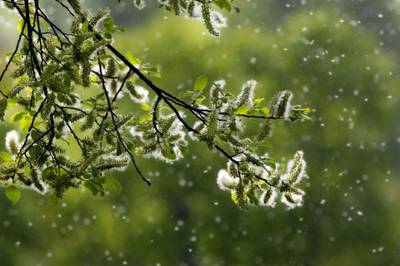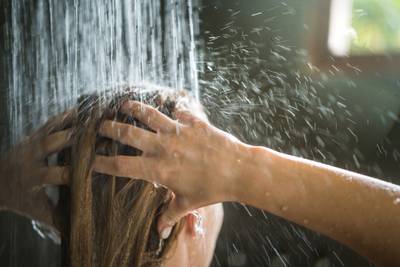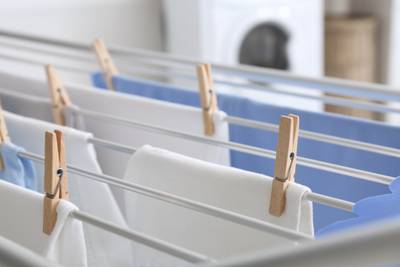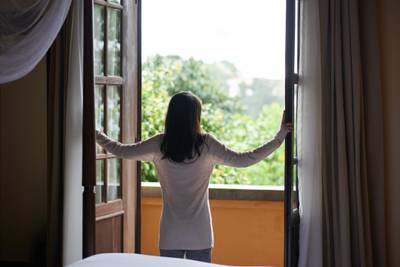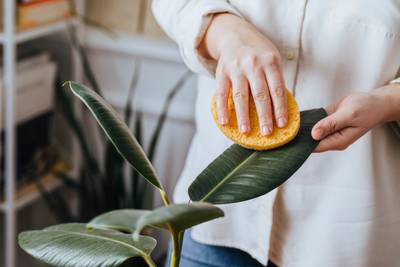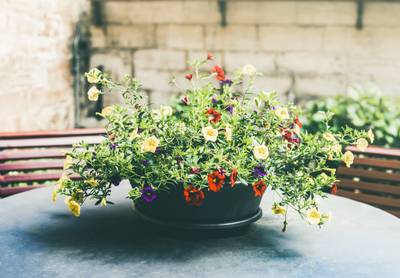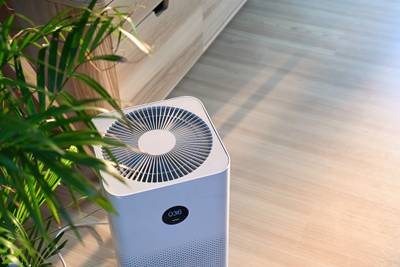When the pollen is in the air
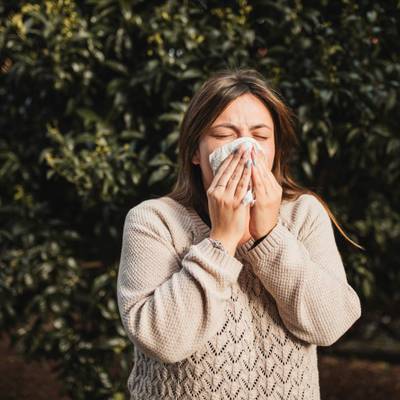
STOBAG helps turn the common hay fever into a pleasant spring fever
For many people, the warmer temperatures after the long winter are a reason to rejoice – if it weren't for hay fever. According to the Swiss Allergy Centre, every fifth person in Switzerland is affected by hay fever.
Frequent sneezing, teary eyes, a runny or blocked nose – these symptoms are all too familiar to anyone who suffers from pollen allergies. Other symptoms of an allergic reaction include coughing, breathing difficulties, sleep disorders, headaches, skin or gastrointestinal problems. To prevent hay fever from developing into allergic asthma in the long term, allergies should be treated by allergy specialists. Skin tests are a simple way to find out which pollen triggers symptoms and what the appropriate medical measures are. The good news is that with a few practical tips, teary eyes and other allergic reactions can be alleviated.
We explain the background of pollen allergy and reveal how you too can better enjoy the spring outdoors.
Weathermen have fewer hay fever symptoms
Specialists generally recommend that people with pollen allergies avoid the triggering substances in everyday life. This is the easiest way to circumvent the immune system's reaction. But of course this is not so easy, because allergenic plant species can vary greatly in their pollen season from year to year. Hazel and alder, for example, sometimes flower as early as January, but often not until March. In contrast, birch sets in around mid-March to mid-April. People affected by multiple allergenic plant species can suffer for a long time, because trees, herbs, grasses and co. blossom for many months.
But it is a fact that plant development and flowering is closely linked to the temperature changes of the preceding months. Allergy information services exist in every country. They provide information about pollen intensity and can thus predict when more severe symptoms and discomfort can be expected. Weather services such as Meteo Swiss also provide daily pollen forecasts. So if you want to avoid sneezing, coughing and eye irritation, take a quick look at a pollen guide before planning your next summer picnic.
